(NLDO) - A new technique to detect alien radio signals has been applied to the TRAPPIST-1 system.
Scientists from two US research institutions, Pennsylvania State University and the SETI Institute (Search for Extraterrestrial Intelligence), have found a new way to detect signals from future alien civilizations.
In an experiment just published in the scientific journal Astronomical Journal , the famous star system TRAPPIST-1 was scanned for 28 hours using the Allen Telescope Array using a new method.
They searched across a wide frequency range, detecting narrowband signals, which are considered signs that could come from alien technology.
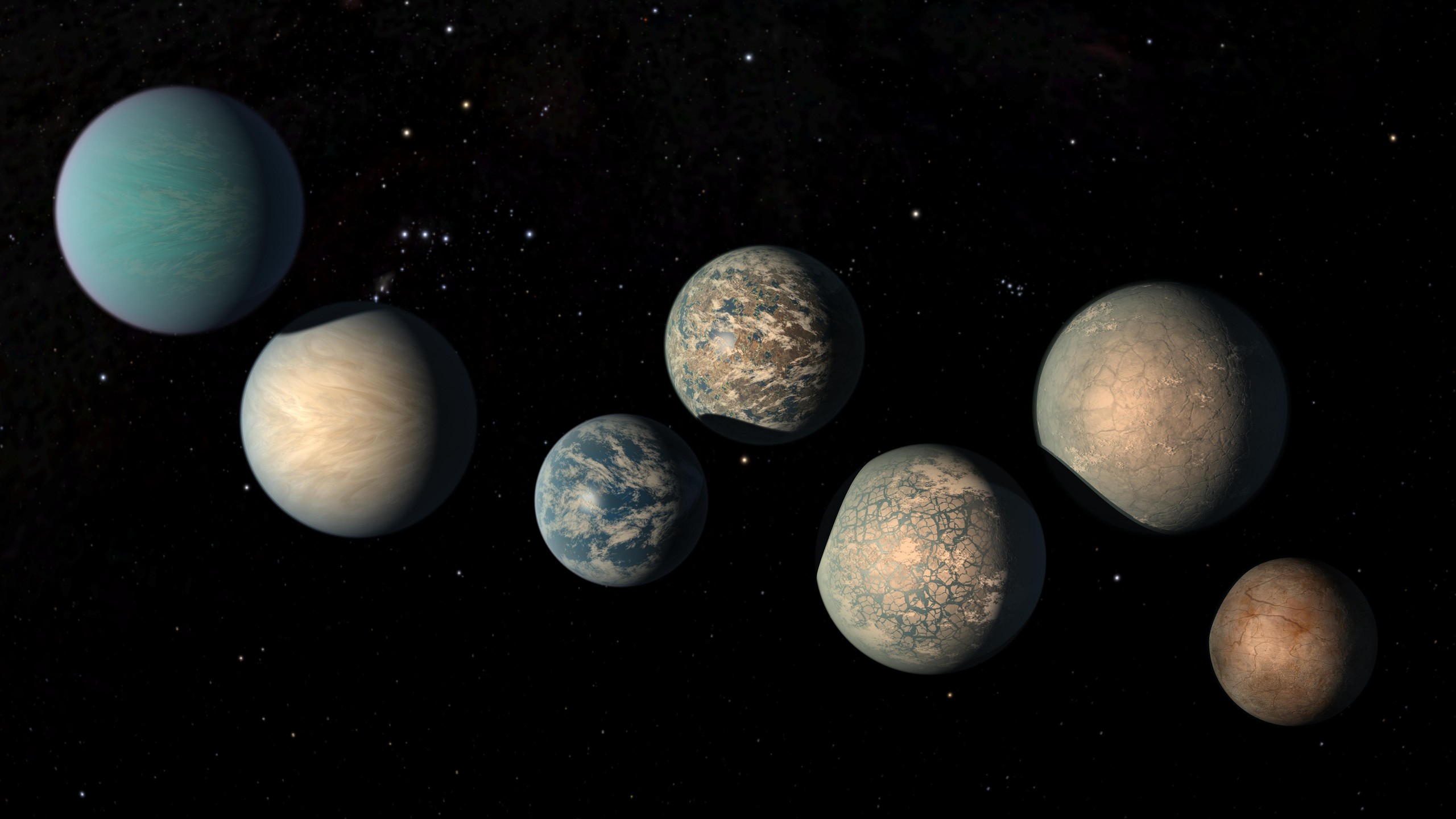
Seven special planets in the TRAPPIST-1 system - Graphic image: NASA
The 11,000 most promising signals were filtered out for a second analysis, in which the researchers focused on a phenomenon called interplanetary occultations, which occur when one planet moves in front of another.
If intelligent life existed in that star system, disruptions in radio signals sent between planets could be detected from Earth.
Ultimately, 2,264 signals that could indicate interplanetary eclipses were screened. However, in this search, none were determined to be of alien origin.
However, the researchers believe that the most important thing is that they have found a method, a suitable direction for the hunt for alien civilizations.
Because the failure of the TRAPPIST-1 star system was not unexpected, according to Sci-News.
TRAPPIST-1 is located 38.8 light-years from Earth and consists of seven planets orbiting an extremely cool dwarf star.
Interestingly, any planet in this system has some similarities to Earth, some even being similar in size and environment.
There are some factors that get in the way, though: Radiation from the parent star might be too high, some planets are tidally locked to their parent star, and others have too much water.
Scientists don't expect to find aliens capable of building civilizations on these worlds , but they believe it's possible that some of the planets in TRAPPIST-1 may harbor microbial life.
Source: https://nld.com.vn/my-do-tin-hieu-vo-tuyen-tu-7-hanh-tinh-gan-giong-trai-dat-1962410190910159.htm








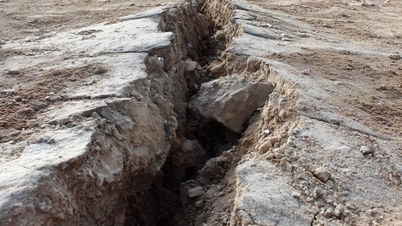

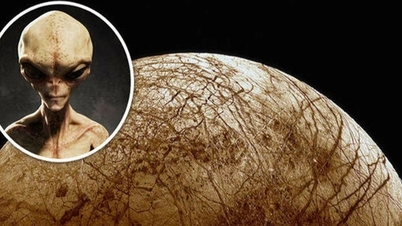


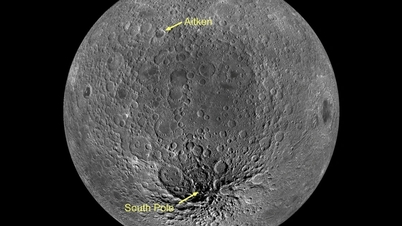


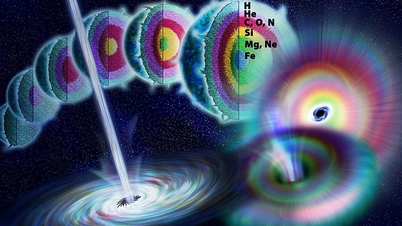


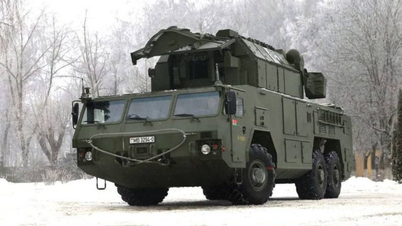
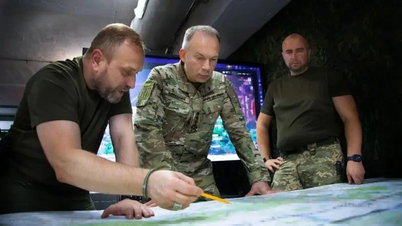














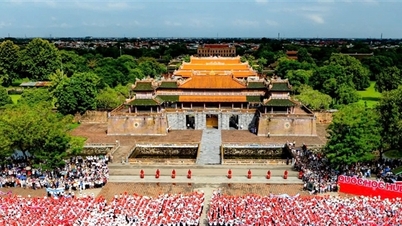

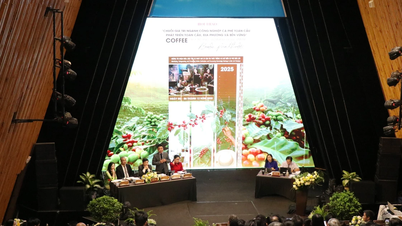



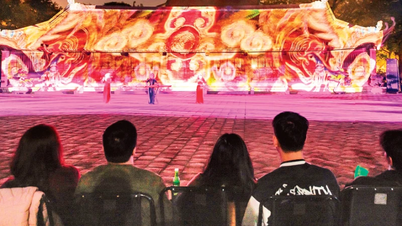

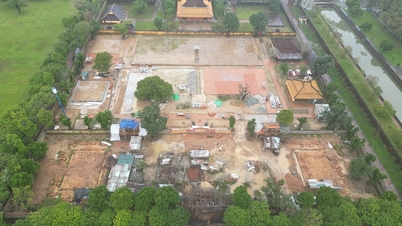



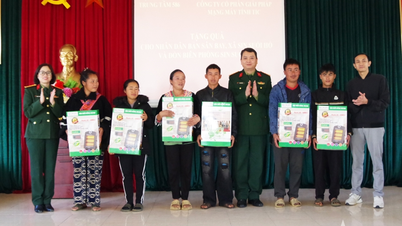

















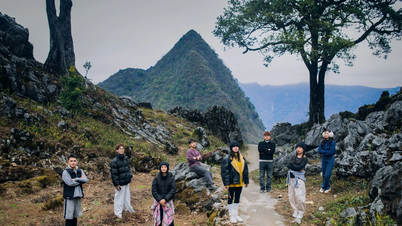
















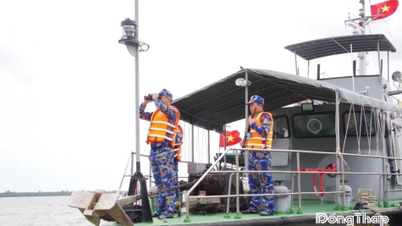

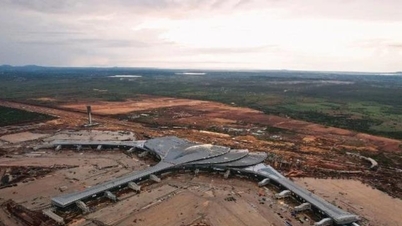























Comment (0)